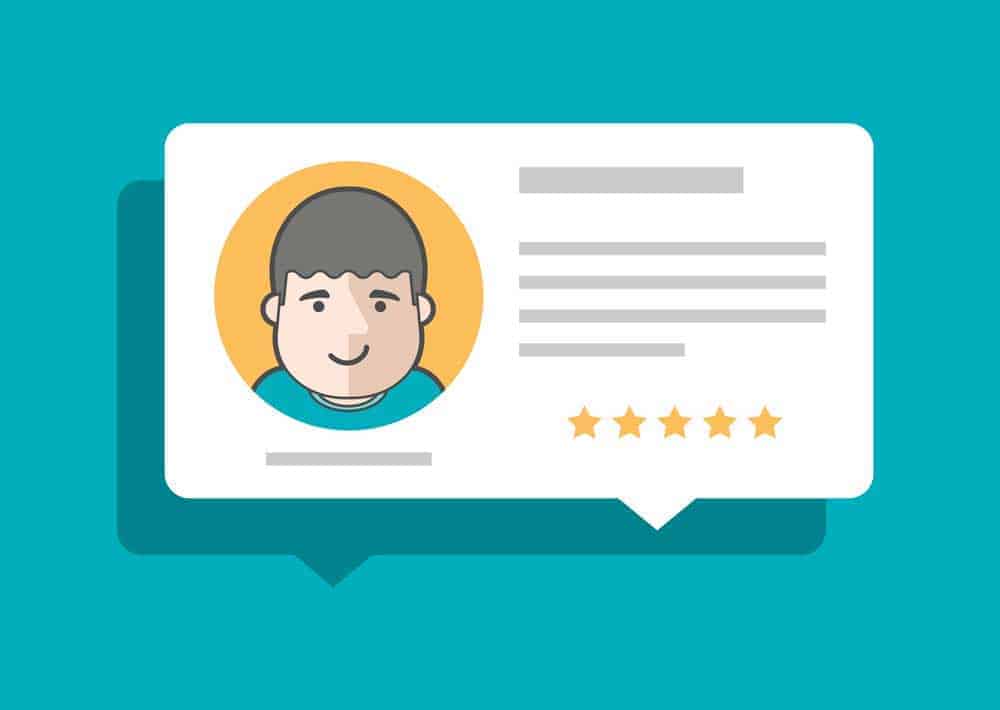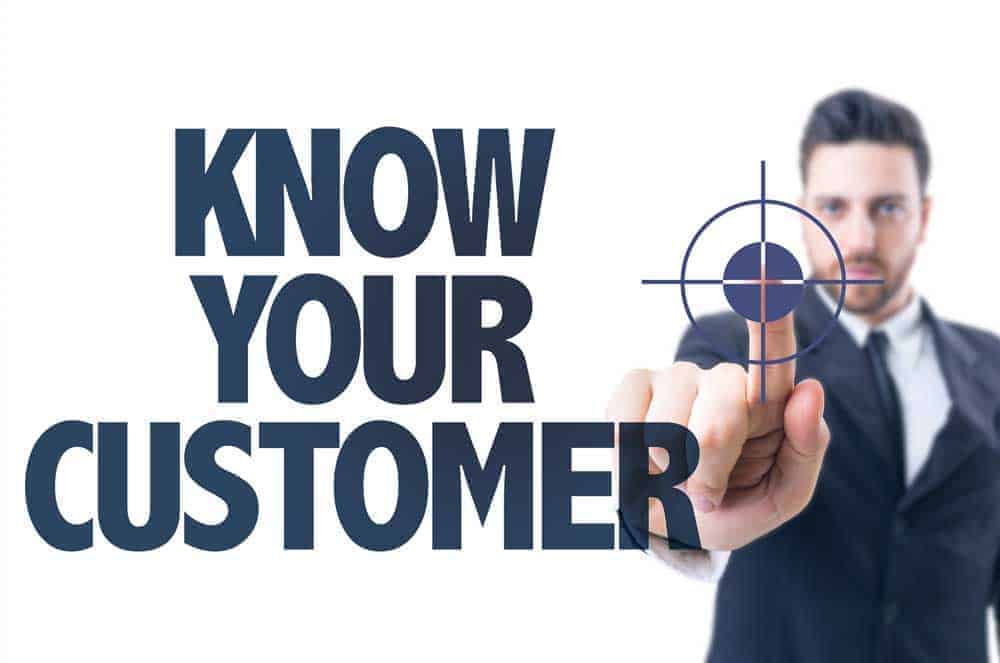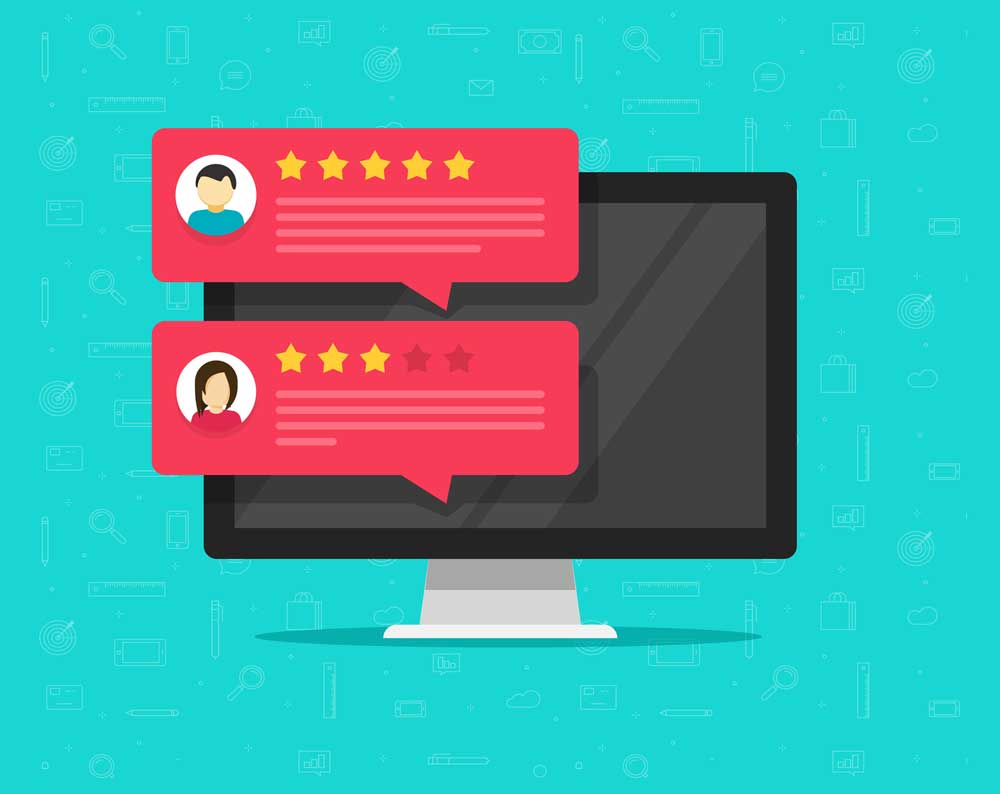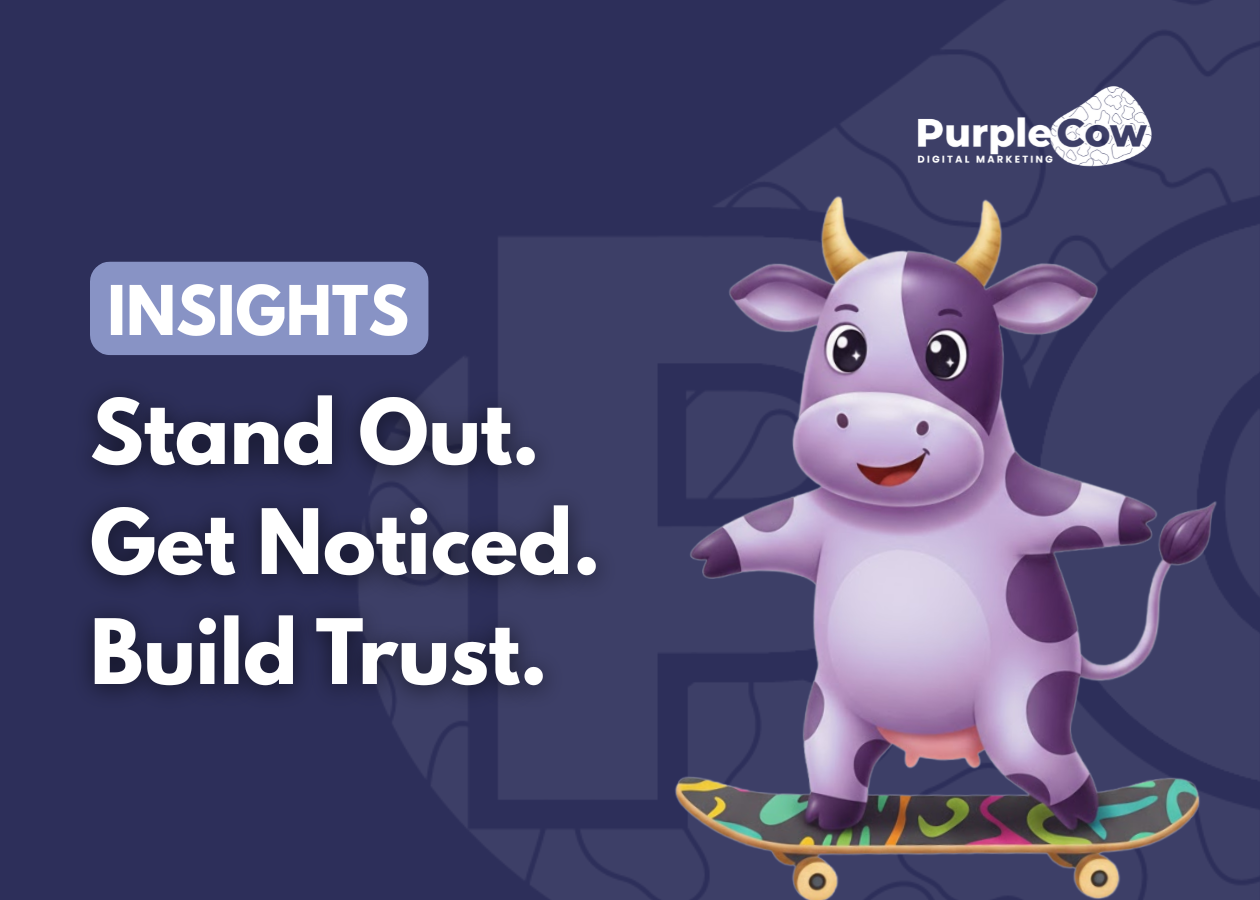One mistake businesses do is not creating a customer persona and know what their audience’s needs as well as how to address them. Do you know your customers? Probably, not as well as you should have – if you’re like the rest of us.
The more you know your target group, the better you can reach them with your message. Identify your target market and understand their backgrounds, experiences, likes, and dislike to the environment that speaks to them directly. People receive thousands of ad campaigns every day. So, how to stand out from the competition? Your best approach to producing content lies on how well you know your target customer.
So, how to create a customer persona? Read our article to find out how it can boost your business.

Importance of creating customer personas
Customer personas help you get a better sense of your prospects. This makes it possible for you to adjust your marketing plans to various consumers with specific needs. For instance, what are your consumer’s history, background, and experiences? It is crucial to acquire a comprehensive knowledge of your best customers and what makes them tick even if you start with a hypothetical guess.
Effective customer personas are based on observation, market research, and insights from surveys, focus groups, and interviews. You can always start with one persona if you’re new to creating one. You can always create more customer profiles later.
What does a customer persona look like?
Your persona template can be as simple or as complex as you want them to be. You can add as many metrics as you want as long as it pushes you simply more onto your marketing goals.
There are many templates online, but here are the common metrics you need to consider:
Wants and needs.
What drives your customers to purchase the products they want? Dig deep into your consumer’s wants and needs. These include the aspirations of your customers what they want to do, and their quest to find a company to solve their problems. Take note: Wants are short-term desires that may sizzle out when trends die. Meanwhile, needs are long-term necessities that solve your customer’s overall essentials. Marketers are trying to hit the “needs” part of their prospects because that’s the reason why consumers come back to a brand.
Obstacles to purchasing the products.
Reflect on your buyers’ hang-ups and concerns when purchasing the product they want. Usual concerns include:
- Shipping
- Business location
- Payment channels
- Contacts and queries with the business
- Price of production or shipping
Now, what do they see with your service or product? Will your customers like your operations and make a decision to have an impact on your business?
Background and experiences.
Segmentation is often used by marketers to help define an audience. This implies considering general customer info such as age, status, demographics, or socioeconomic standing.
- What is their income?
- What is their educational attainment?
- How do they spend their money?
- Are they using social media?
- Are they married? Do they have kids?
The objective will be to put yourself in the position of your customers and to create a customer profile. You may question existing customers for surveys or interviews to know more about them.

How to start creating a customer persona
Customer personas are created with the use of research, surveys, and interviews. But if you’re someone who never has created one, it can be pretty daunting. Below are some simple ways to accumulate the information you need and develop a customer persona for your marketing plan.
Know your target audience
Before creating a customer persona, familiarize yourself with who your target audiences are. You don’t have to be detailed on them, just enough prospects in mind that meet your brand criteria. For instance, you want to sell your granola products to young, health-conscious consumers between 20-40yrs old. You don’t have anyone on mind yet, but you just want a sporty type, on-the-go, upscale to middle-class buyers.
Write a detailed persona
Practically speaking, a customer persona is a comprehensive description of your target audience. You will need to take those data from your target consumers to create a detailed persona. Start with the following questions/template:
- Age, Educational Attainment, Married Status
- Income and job title
- Country or location
- Are they in social media? How have they heard of you?
- Hobbies, interests, and dislikes
Create a marketing plan and a channel
Identify where your consumers are staying or purchasing the products they want. This includes onsite stores, social media platforms, or business website. For instance, your consumers are 35 to 44-year old, work-at-home moms who use Facebook to stay up-to-date on brands. Ensure to strengthen your Facebook marketing plans on how to reach them.
Create your content
It’s not just a smart idea to create personalized content; it’s what customers expect from a brand. A lot of customers claim that if a brand doesn’t take the opportunity to refine its campaign messages, they’re likely to drop from it. You can work to correlate your brand tone to your content once you know who you’re talking to. You can even play with different mediums such as video, graphics, or blog posts.
Evaluate and refine customer personas
After launching your campaign, review and evaluate your marketing plan whether it has met your goals. Likewise, you can tweak your customer persona especially when you garnered new audiences that have not been under your target groups.
Where to search for your customer persona
One important measure to create a customer persona is to consider out who your consumers and prospects are. This means you’ll have to perform a series of surveys to understand your target market. But how do you find them?

Interviews/survey from good and bad customers
Start with the people who already purchased your products. A short review and social proof from them can help greatly for your business. Whether they love or are critical about your products, you need to hear their thoughts about your business. Even people who love your goods may find some flaws you need to correct.
Consumers who are upset with their experience with you can help build a good understanding of how your company works. Was it customer service? Shipping? Or the product itself? You will discover something with your product or operations that the difficulties of your customers are.
Conducting surveys can be done through:
- Emails
- In-person interviews
- Chat surveys
- Web and exit surveys
- After-purchase surveys
Lead opt-ins or landing pages
For prospects, you can entice prospects with a “tailored” product or service catering to their needs. It’s a content strategy where they ask prospects something about themselves, in the end, a result of purchasing a product specific to them. For instance, your product is a diet plan for women in their 30s with specific weight, lifestyle, and body details. Most often, business owners will ask your body type and details and let the AI algorithm does it work in finding the perfect product. But, the details customers enter, is served as customer personas already.
Exit surveys
Such surveys are configured at a specified time and page on your site when a user does a certain action. These actions can be in the form of exiting the page, purchasing the products, answering a chat group, and more.
Survey questions used for your exit points depending on your goal. Would you like to ask if the expectations of your page or products/services are met? Or do you want to consider uncertainty factors that prohibit them from buying?





